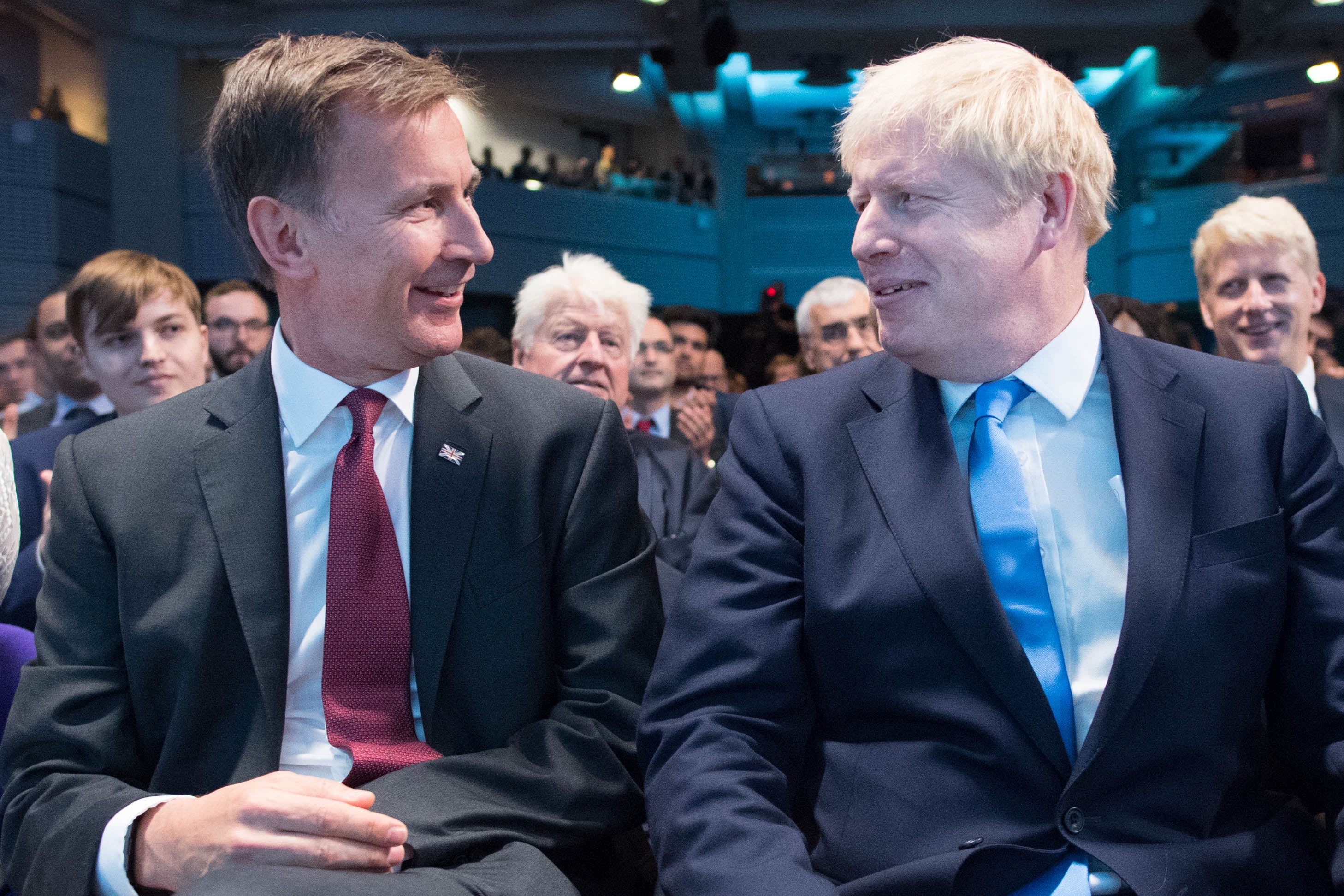Your support helps us to tell the story
From reproductive rights to climate change to Big Tech, The Independent is on the ground when the story is developing. Whether it's investigating the financials of Elon Musk's pro-Trump PAC or producing our latest documentary, 'The A Word', which shines a light on the American women fighting for reproductive rights, we know how important it is to parse out the facts from the messaging.
At such a critical moment in US history, we need reporters on the ground. Your donation allows us to keep sending journalists to speak to both sides of the story.
The Independent is trusted by Americans across the entire political spectrum. And unlike many other quality news outlets, we choose not to lock Americans out of our reporting and analysis with paywalls. We believe quality journalism should be available to everyone, paid for by those who can afford it.
Your support makes all the difference.Almost three weeks ago, on 5 May, voting in the UK’s local elections was coming to an end. I was on Twitter, posting about various election-related graph crimes, when I happened to look at the “What’s happening” sidebar. I was surprised to see “Vote Tory” trending.
After the Partygate scandal and the growing cost of living crisis as well as a litany of other political blunders at a national level, the Conservatives were expected to perform poorly in the local elections. So, I was surprised to see that Twitter’s algorithms had alighted on “Vote Tory” as a message that was popular across Twitter.
Furthermore, when I clicked on the hyperlink that took me through to the tweets using this particular phrasing, the majority and the most prominent of them were from left leaning commentators. At a guess, nine out of ten of the tweets I scrolled through were using phrases like “Don’t Vote Tory” or “Never Vote Tory”.
For a moment I couldn’t understand why Twitter was choosing to highlight the pro-Conservative message when so many of the tweets were anti-Tory. I almost reached for the “something wrong with the algorithm” explanation that many politicians go to in order to comfort their egos when they find their message or their brand is not as popular as they had expected.
But after a moment’s thought, I realised that the algorithm was performing exactly as expected. I had fallen for a surprisingly common cognitive shortcut known as the “conjunction effect”.
The conjunction effect occurs when we incorrectly believe that the probability of two scenarios occurring together (in conjunction with each other) is higher than the probability of the events occurring alone. In this case, I was assuming that the probability of seeing the anti-Conservative phrases was higher than the pro-Conservative phrase “vote Tory”. But, of course, all the anti-Conservative tweets I was seeing also included that phrase. Mathematically we would say the “don’t vote Tory” tweets are a subset of all the tweets containing the phrase “vote Tory”.
The false logic of the conjunction fallacy is seductive. Take my friend James for example. James is a sporty but shy 35-year-old. At school he studied maths, further maths and physics before he went on to read maths at university. He enjoys board games and popular science books.
Which of these statements about James do you think is more likely to be true?
1. James plays 5-a-side football.
2. James plays 5-a-side football and is a mathematician.
It’s tempting to go with answer 2. Of course it is. Everything I’ve told you about James appeals to common stereotypes surrounding mathematicians. I’m asking you to reason from incomplete data and everything I’ve told you screams mathematician. He’s also a friend of mine and I am a mathematician, so there’s even more evidence you can bring to the table. This question exploits our preconceptions of what mathematicians are like in order to trap us into giving the wrong answer.
The problem with our intuitive line of reasoning is that the set of people who fit description 2 must be smaller than the set of people who fit description 1. By adding an extra criterion to the description, I am ruling people out. It may be more likely that any friend of mine who studied maths at university and likes board games is a mathematician than a 5-a-side footballer, but it can’t be more likely that they are a mathematician who plays 5-a-side than someone who plays 5-a-side and has any job at all.
All the mathematicians who play 5-a-side are a subset of all the people who play 5-a-side, so the scenario in which James is a mathematician who plays 5-a-side football must be less likely than the scenario in which James plays 5-a-side.
To keep up to speed with all the latest opinions and comment sign up to our free weekly Voices Dispatches newsletter by clicking here
Don’t worry if you instinctively plumped for answer 2. When I posed roughly the same question on a Twitter poll just under half of the 2261 respondents were also tempted by the second option. Bearing in mind that many of the audience for my tweets are maths and science enthusiasts, the proportion answering correctly is probably somewhat higher than a truly unbiased survey of the population would suggest.
Our preconceptions and stereotypes cause us to choose a more specific (and therefore less likely) scenario over one which is more general (and therefore more probable). Of course “vote Tory” was trending. It was appearing in the varied anti-conservative phrases, like “Why do so many poor people in the UK vote Tory?” as well as appearing in the occasional truly pro-Conservative “vote Tory” tweet.
I am the first to preach that we must be alert to the inherent biases hardcoded into the algorithms underlying the social media platforms we frequent. However, in this case, there was seemingly no foul play in what was being shown in Twitter’s sidebar.
Instead, the incident offered insight into my own biases (the form of the conjunction effect), which are just as important when perusing social media.
Kit Yates is a senior lecturer in the Department of Mathematical Sciences and codirector of the Centre for Mathematical Biology at the University of Bath


Join our commenting forum
Join thought-provoking conversations, follow other Independent readers and see their replies
Comments